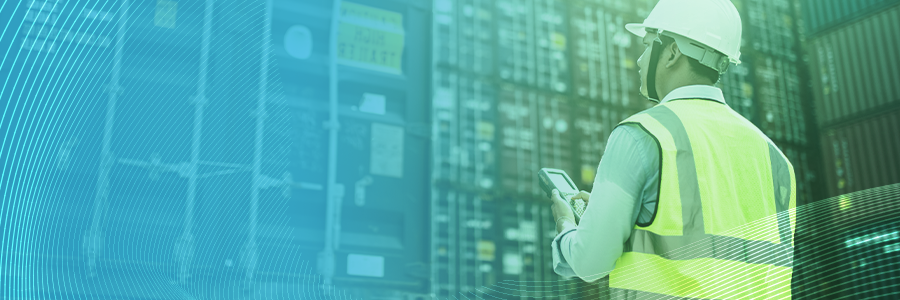
To understand how mobile technology and the future of transportation and logistics (T&L) work together, it makes sense to look at them individually from a high-level perspective.
As evidenced by the latest SOTI industry report Mobilizing the Delivery Workforce: State of Mobility in Transportation and Logistics 2021:
- Mobile technology is all about ensuring people have the right devices, tools and data at their fingertips to stay productive and accomplish tasks.
- The future of T&L hinges on faster, more efficient supply chain processes and product deliveries with little to no cost to the customer and minimal impact on the environment.
It’s no surprise that say they plan on investing in technology that will make deliveries faster. If the COVID-19 pandemic has unearthed anything regarding this sector, it’s that shipping times – not necessarily product selection or pricing – affects where people spend their e-commerce dollars:
- 72% of consumers cite free shipping as the number one reason why they choose to shop online and make a purchase.
- Approximately 40% of consumers will switch retailers if they offer next day delivery service, even at an additional cost.
Mobile technology enables T&L workers to do more. And the future of the industry is faster, more economical and more affordable delivery.
The question is: How do they work together?
HOW ARE MOBILE TECH & THE FUTURE OF T&L CONNECTED?
Find out in your free copy of Mobilizing the Delivery Workforce: State of Mobility in T&LDrivers, Drones and Data
To deliver goods to customers as inexpensively as possible, T&L organizations must identify inefficient or wasteful processes and reduce or eliminate them.
Labor accounts for 60% of the costs associated with T&L deliveries. And while some companies are investing in self-driving technology, vehicle operators are still very much needed.
That’s where mobile technology and the future of T&L comes in. Instructing drivers on the most efficient route to a destination goes beyond turn-by-turn GPS directions. Now a whole slew of data is available, helping goods be delivered faster and at little cost to the customer:
- Hard-braking hazards: Sharp decelerations cause unnecessary wear-and-tear on a truck’s braking system. That adds to the maintenance costs of the vehicle and slows down delivery times. Ultimately, those burdens are passed along to the consumer. Technology can now determine which routes will reduce the chances of hard-braking events.
- Elevations: Changes in elevation impact the fuel economy of a vehicle. When traveling uphill, fuel economy diminishes. When traveling downhill , fuel economy improves. As a general rule, engines lose 3% of their rated power for every 1,000 feet climbed. Real-time elevation data helps drivers avoid losing fuel and time.
- Traffic management: Gridlock is a huge issue as $166 billion USD is lost each year due to traffic issues. Data can aid in the prediction and management of traffic congestion. Time-of-day traffic trends, weather conditions and flow of traffic speeds can help with supply chain movement.
For remote or hard-to-access areas, drones can deliver everything from groceries to medicine to household supplies without the labor costs of a driver or the maintenance considerations of vehicle wear-and-tear.
It’s not a concept out of science fiction either. Delivery by drone is set to be the fastest growing sector of technology investment in T&L by 2024.
To Customers, It's A Must. To the Supply Chain, It's A Dilemma: Deliver More Goods at Less Cost
Due to COVID-19, the T&L industry has been pushed to extremes. Consumers in more locations are buying more products and receiving more deliveries than ever before.
It’s unlikely e-commerce will shrink back to pre-pandemic levels. COVID-19 expedited the need for advanced mobile technology while the future of T&L arrived much sooner than expected.
This is – to quote a popular term – the “new normal.” Consumers want faster delivery, and, in some cases, are willing to pay for it. Whether it’s free shipping or paid overnight delivery, it must be on time. Consumers or end users are at the tail end of the supply chain and they don’t care what happens before they receive their delivery.
However, T&L organizations do care and in Mobilizing the Delivery Workforce: State of Mobility in Transportation and Logistics 2021, you’ll learn how mobile technology is shaping the future of T&L. It’s a must-read for any supply chain executive looking to make the right investments in the right technology.



